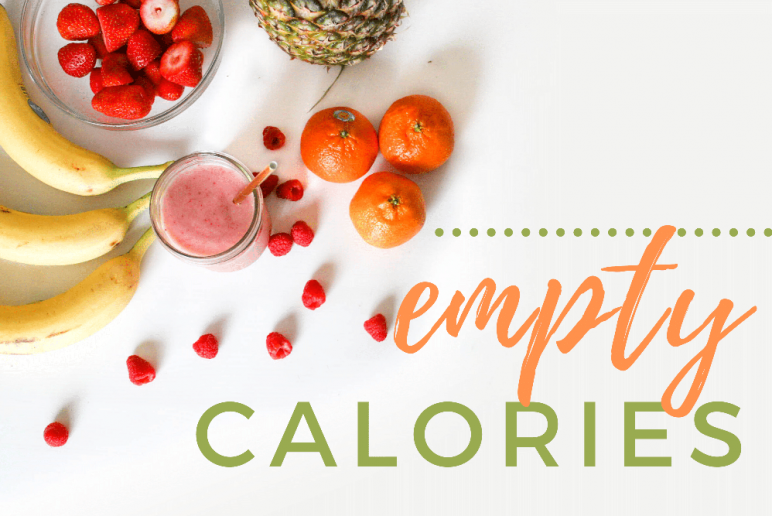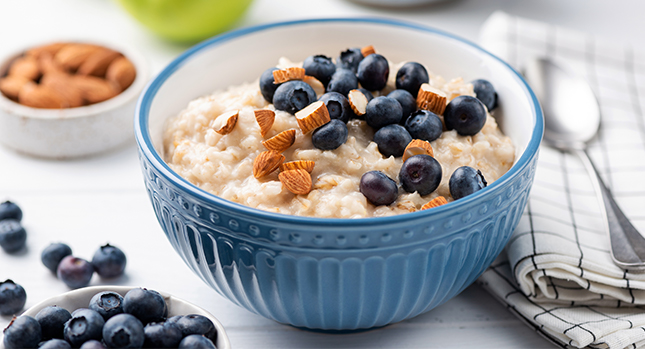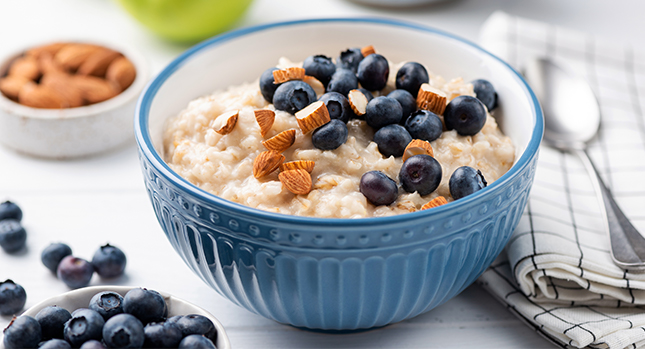The term “empty calories” refers to the calories contained in foods that have a very low nutritional value. Most fats and sugar additives are characterized as “empty” because they do not provide the body with vitamins, minerals, phytonutrients or fiber. To make things more vague, foods that contain “empty calories” sometimes call them “energy” which sounds much better than they really are. Despite how it sounds, the characterization “energy” is simply a gentle way for foods with “many calories” as the calories in foods are converted into energy for the body.
So, an energy food contains a lot of calories in a small amount. A simple example is the 300+ calories we get from a handful of crisps, many calories with low nutritional value.
Common sources of Empty Calories
sometimes we know when we get empty calories, sugar is hardly hidden in a soft drink or in a piece of chocolate. But empty calories are not always as simply apparent as that 5 tablespoons of tea fatty are hidden in a muffin with blueberries or 8 tablespoons of sugar tea lurking in a delicious glass of coffee.
Empty calories also contain sugary drinks, not only soft drinks and coffee but also very sweet teas and juices. The same applies to confectionery sweets, syrup in pancakes, honey and its derivatives. Fatty foods such as crisps, french fries, salads are mainly empty calories, as are most desserts and cakes, cookies and packaged sweets. It’s an unhealthy punch of sugar and fat.
Replace empty-calorie foods with foods that provide nurturing values
Eating unnecessary calories is one of the problems with empty-calorie foods. But there is another equally important problem. Foods with a lot of fat and sugar, take up space in your stomach limiting the space for all those foods with the good nutrients that your body needs.
So here is the solution: since foods with empty calories have a lot of calories and low in nutrients you need to change your orientation and turn to foods that are exactly the opposite. You want to consume more foods with nutrients and with low caloric cost. These foods with nutrients, such as fruits, vegetables and lean proteins, provide a lot of nutrients and fill you up without over-indebted to your “bank” of calories.
Foods with nutritional value are easy to identify. Since fats are so caloric (a minimum amount of butter has about 40 calories), replace those that have full fat with others that have low fat as a simple way to increase nutrients and limit empty calories. Simple replacements such as full-fat milk with a semi-skimmed or cooking turkey breast instead of beef is an ideal way to get started.
Another element of nutrient foods is their water content. Water adds volume but not calories to foods such as fruits and vegetables, which are filling but with very few calories while providing many vitamins, minerals, phytonutrients and fiber. So why not start your meal with a healthy green salad or vegetable soup by filling the stomach with low-calorie foods. Make your snacks fruit fruit and add as many vegetables as possible to foods including soups, stewed casserole dishes and pasta sauces to boost your diet.
Why nutritional density is so important
I encourage everyone to use their calories wisely and use them with the most nutritious foods they can – but this is especially important for those who have relatively low calorie needs. A woman who maintains her weight at 1400 calories a day should choose her food carefully if she is going to try to meet all her nutritional needs without gaining weight. However, even those with needs for high-calorie foods should not assume that they have a lot of calories at their disposal, it remains wise to consume nutrient-rich foods as much as they can.
Curated by Susan Bowerman, MS, RD, CSSD. Susan is an external partner of Herbalife.






